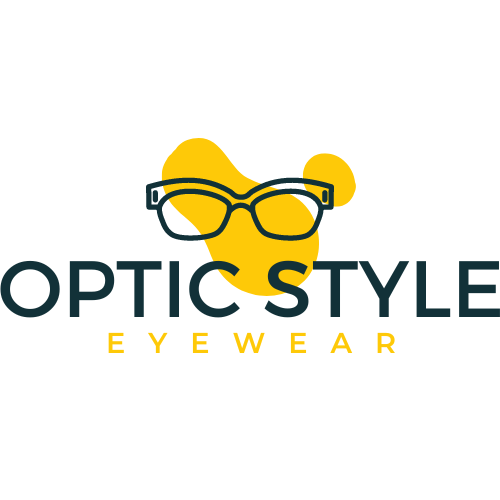Dealing with Glare: A Guide
Glare is a common problem that can affect our daily lives in various ways. Whether it’s the blinding sunlight interfering with our drive or the glare from electronic screens straining our eyes, dealing with glare is essential for our well-being and comfort. In this guide, we will explore different techniques and products that can help you combat glare effectively.
Firstly, understanding the causes of glare is crucial. Glare occurs when there is an excessive amount of light reflecting off a surface, hindering our vision. This can be caused by direct sunlight, artificial lighting, or even reflections from glass or water surfaces. Being aware of the sources of glare is the first step in finding a solution to minimize its effects.
One of the most immediate ways to deal with glare is by wearing sunglasses. Investing in a pair of high-quality sunglasses with polarized lenses can significantly reduce the amount of sunlight entering your eyes. Polarized lenses are specifically designed to block glare by filtering out horizontal light waves that cause the blinding effect. Moreover, sunglasses also protect your eyes from harmful ultraviolet (UV) rays, making them an essential accessory for anyone spending time outdoors.
Another effective way to combat glare is by using anti-glare screens or coatings for electronic devices. Many modern smartphones, laptops, and tablets come with anti-glare screens installed, which reduce the reflections and glare caused by overhead lighting or sunlight. Additionally, certain adhesive films and sprays are available in the market that can be applied to existing screens to minimize glare. These coatings work by diffusing the light that hits the screen surface, resulting in a more comfortable viewing experience with reduced eye strain.
In the workplace, adjusting the lighting can make a significant difference in reducing glare. Harsh overhead lighting or poorly positioned desk lamps can create glare on computer screens, causing eye fatigue and discomfort. Ideally, you should position your desk perpendicular to windows to limit the amount of direct sunlight entering the room. Task lighting can also be used to illuminate your workspace without causing excessive glare. Additionally, using matte or frosted finishes on desks and other surfaces can help diffuse the light, minimizing glare further.
For those who drive, dealing with glare from the sun can be a safety concern. To ensure a safe commute, invest in a high-quality pair of polarized sunglasses specifically designed for driving. These sunglasses provide excellent glare reduction, allowing you to see clearly without distractions. Additionally, using the sun visor in your car can also help block out direct sunlight and reduce glare.
If you find yourself in a situation where glare is unavoidable, taking regular breaks and giving your eyes time to rest is crucial. Continuous exposure to glare can strain your eyes and potentially lead to discomfort or even eye damage if left unchecked. Make it a habit to take short breaks from screens or shield your eyes from bright lights regularly. Furthermore, incorporating eye exercises and massages into your daily routine can help relax and alleviate any eye strain caused by glare.
In conclusion, dealing with glare requires a multi-faceted approach that involves understanding its causes and implementing various techniques to minimize its effects. By wearing polarized sunglasses, using anti-glare screens, adjusting lighting, and taking breaks when necessary, you can significantly reduce the discomfort and strain caused by glare in your daily life. Remember, your eyes deserve proper care and protection to maintain their health and functionality.
